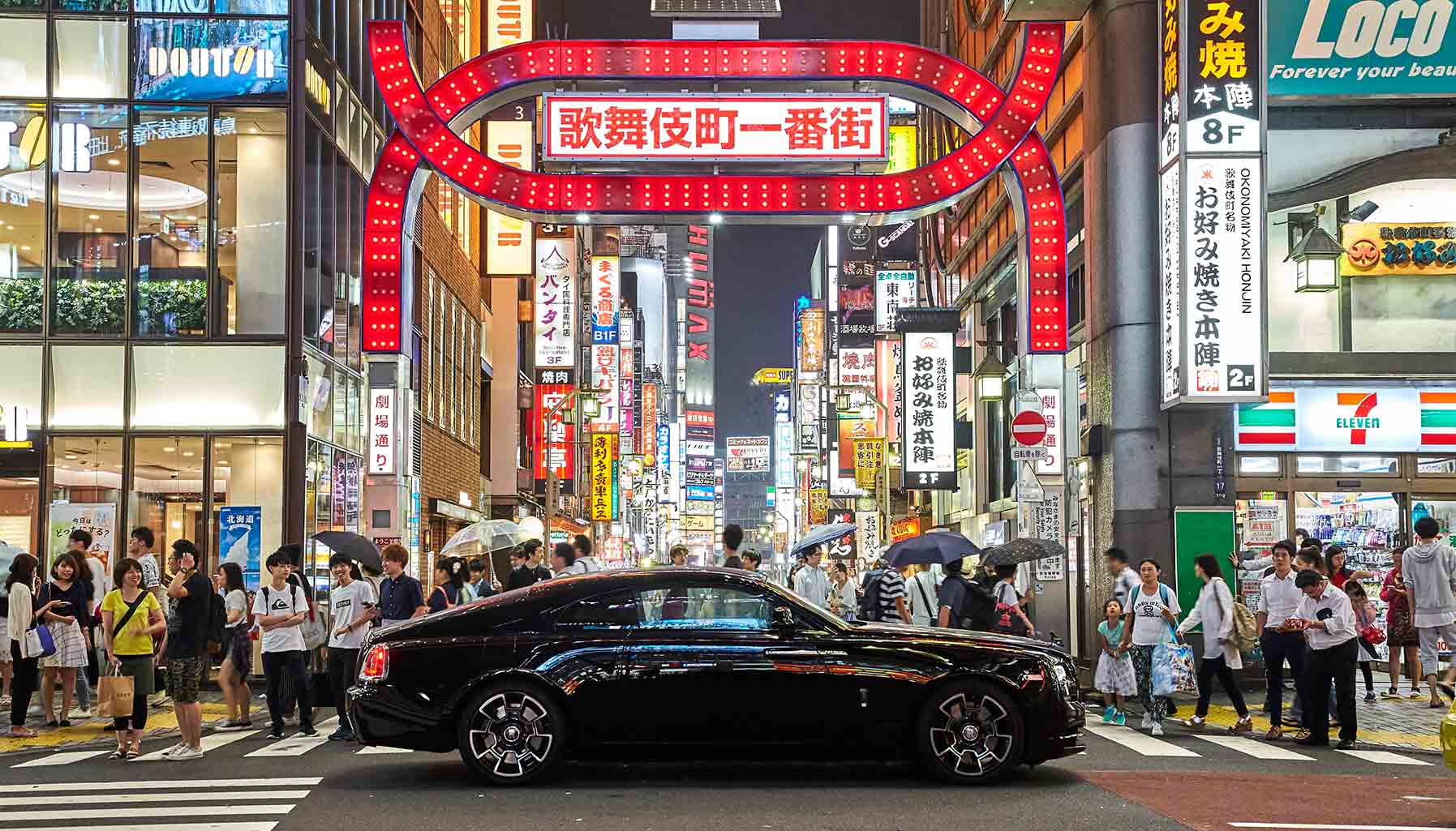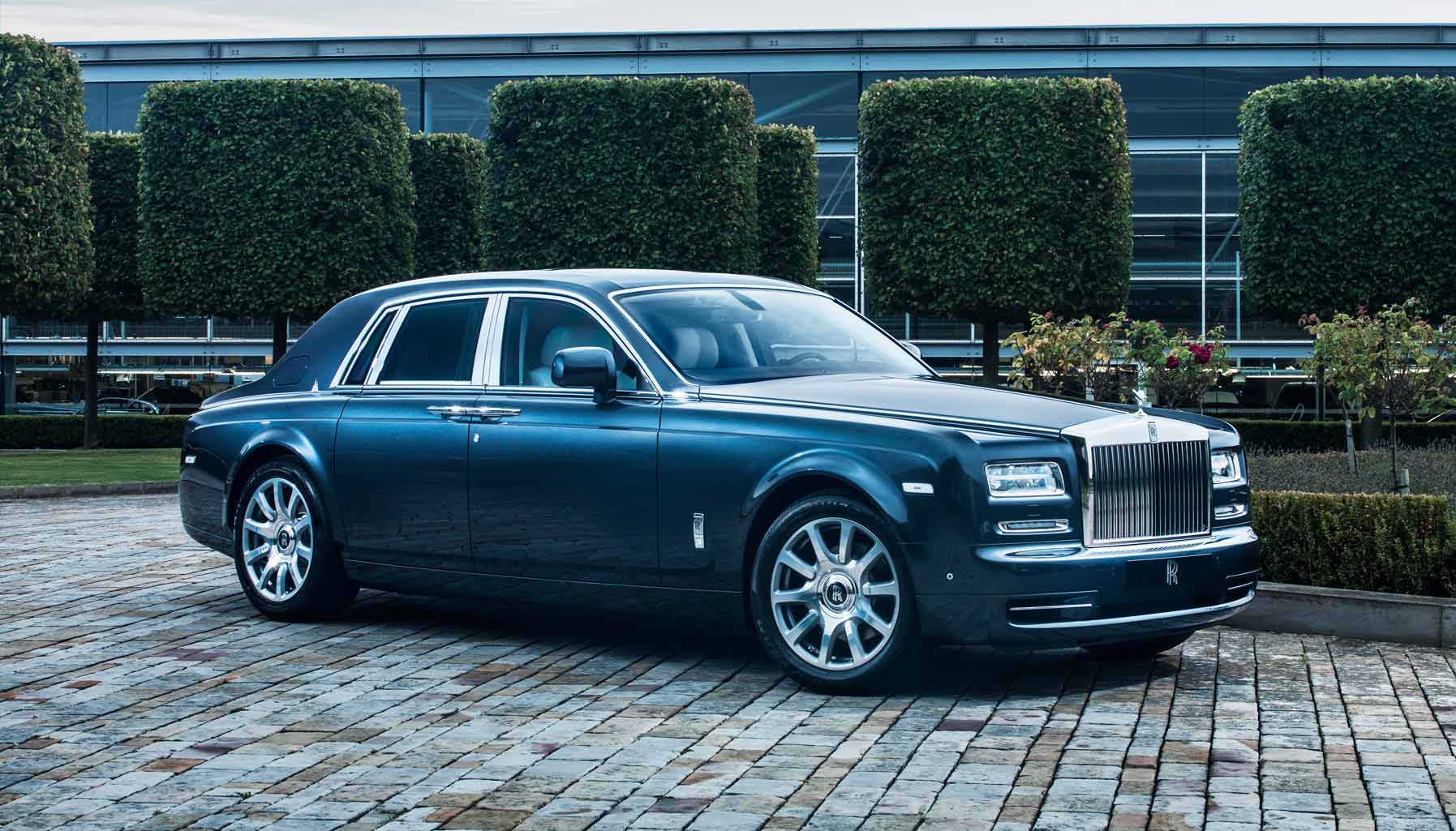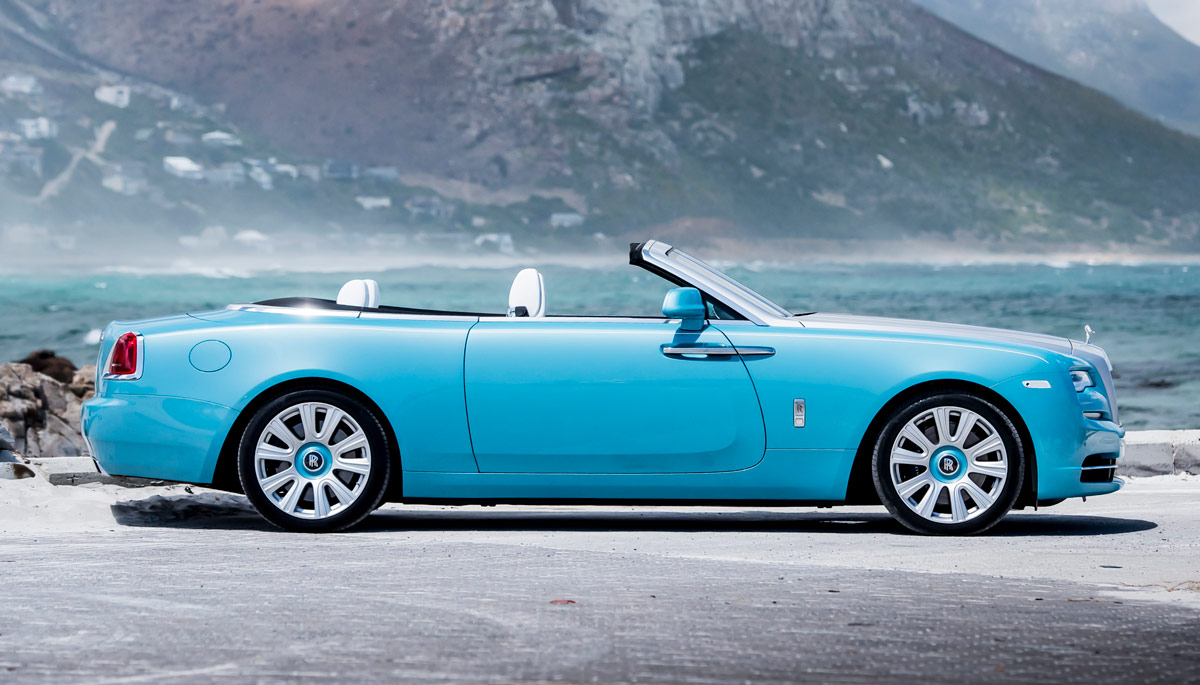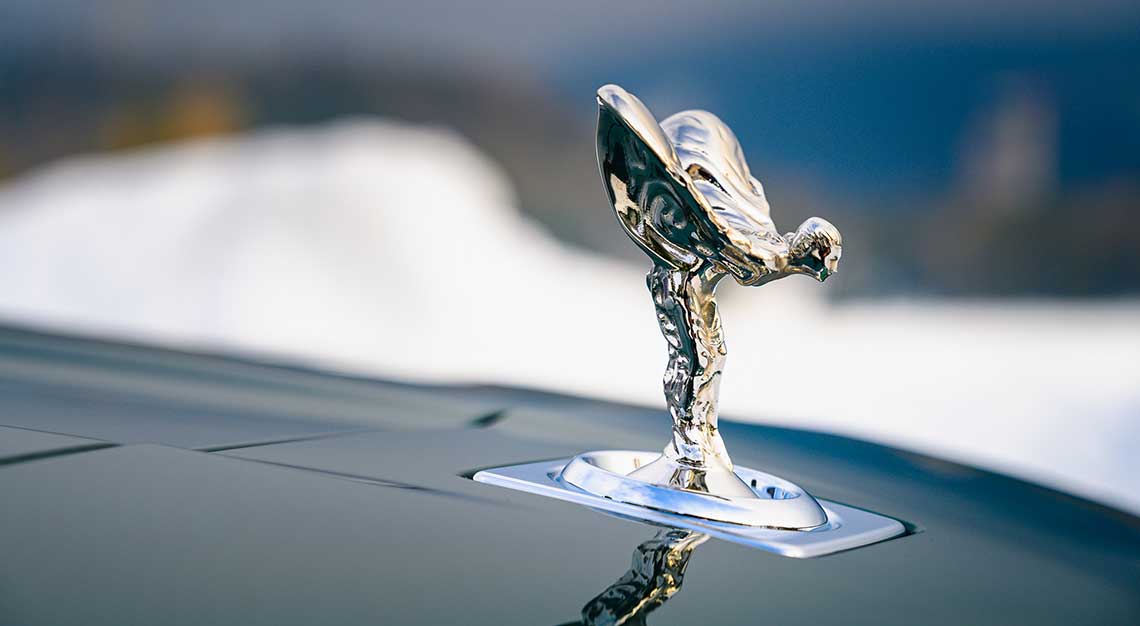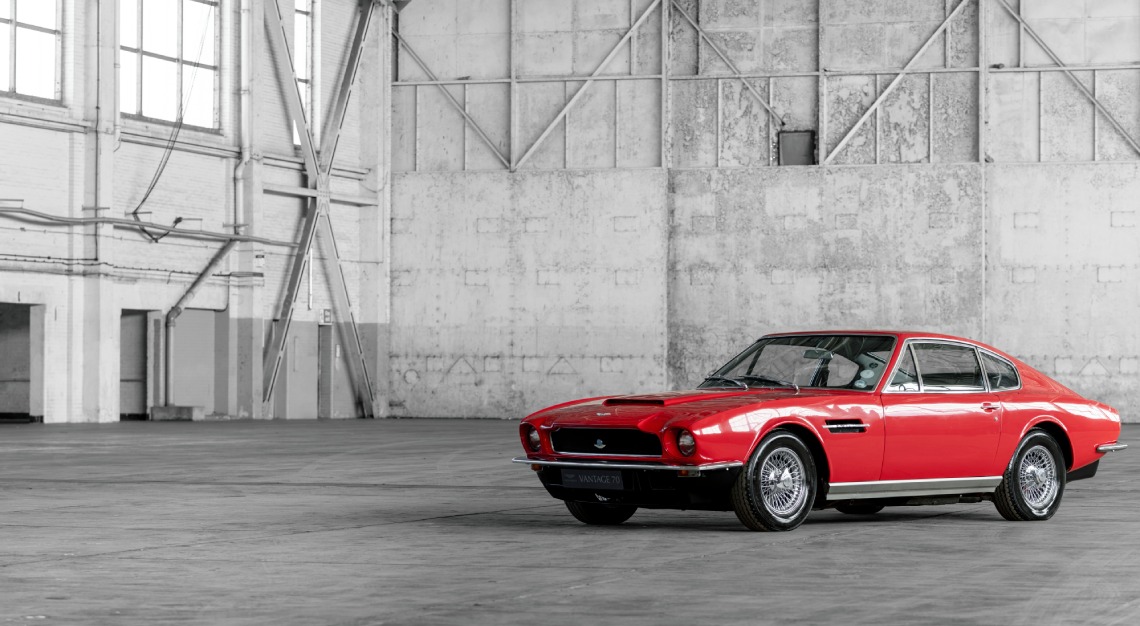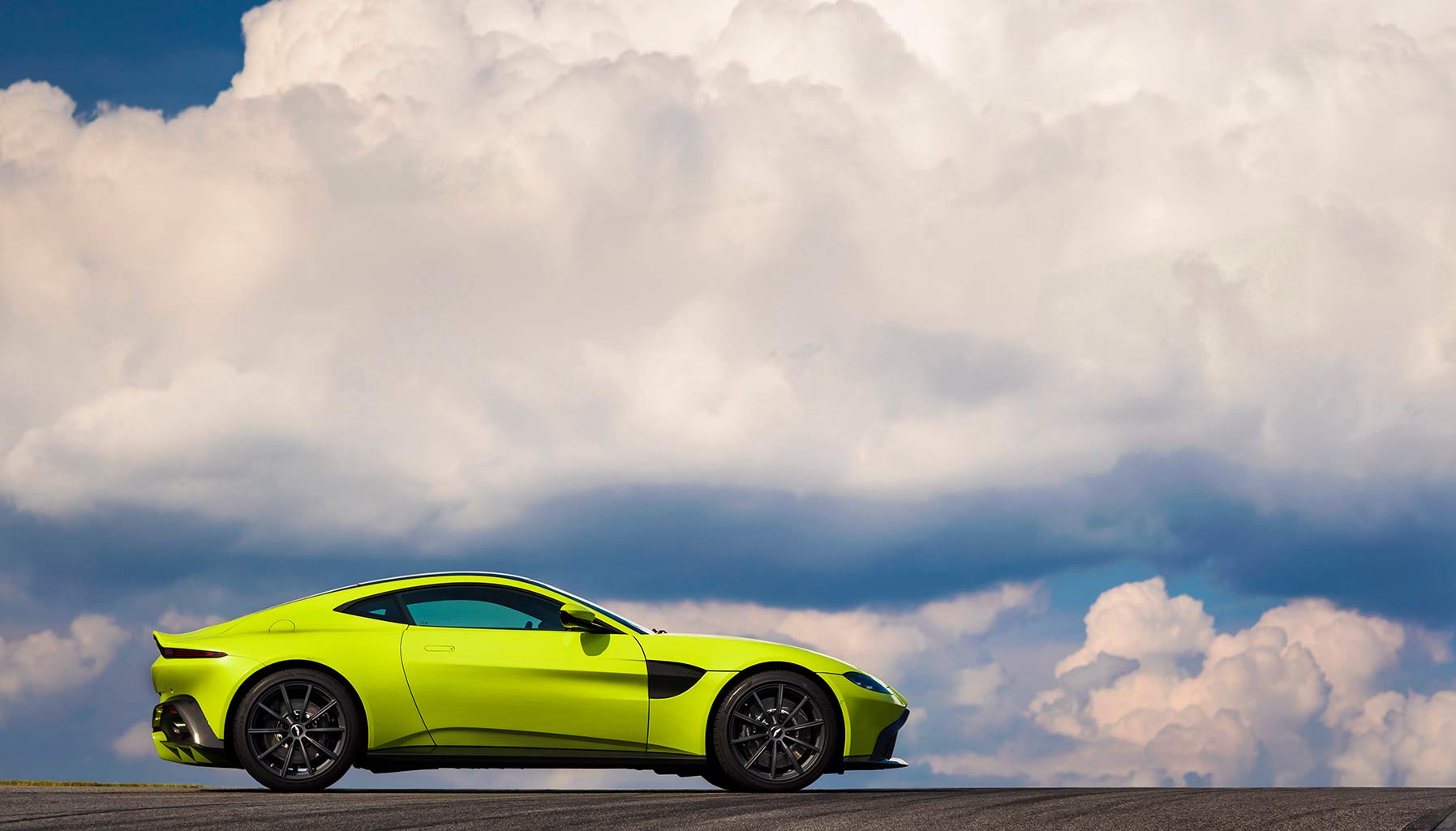Back in black
The Rolls-Royce Black Badge collection, which comprises the Wraith coupes and Ghost limousines, are a bit of a contradiction. They are at once the most subtle and most extrovert cars in the entire Rolls-Royce family.
Subtle because you can only have them in one colour, black. Though not just any black, mind you. Rolls-Royce says it’s the “most intense black ever seen on a production car surface”. I agree, and I think so did the photographer accompanying me on my jaunt through Tokyo.
The Black Badge cars must have been an unholy terror to shoot, especially at night. The paintwork seems to absorb all available light, giving the effect of a black hole gliding through Tokyo’s streets.
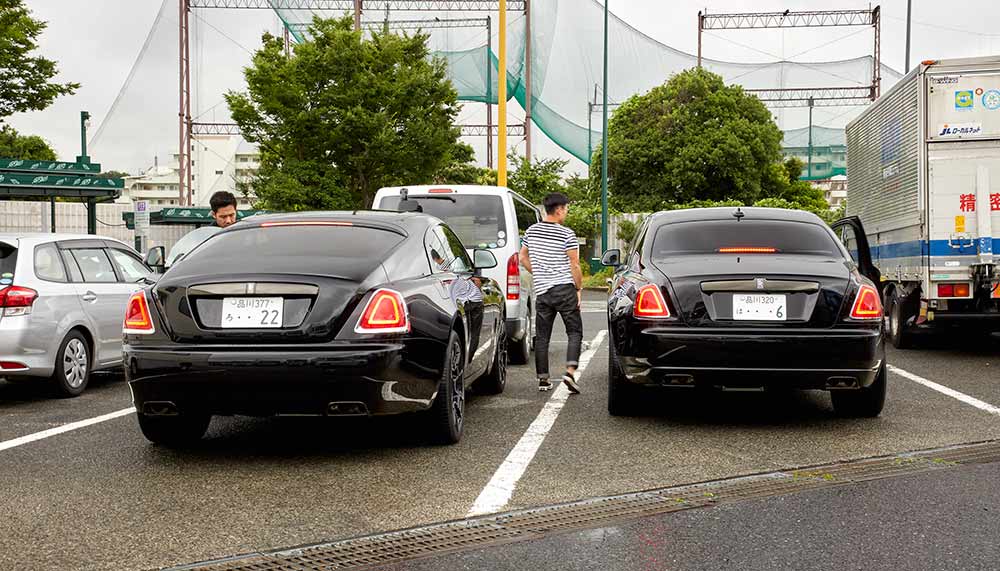

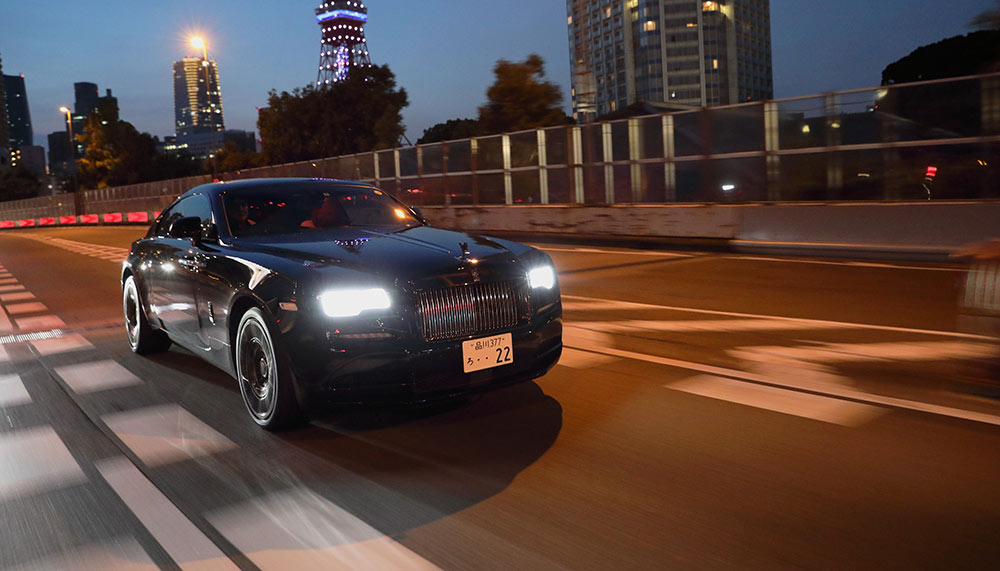
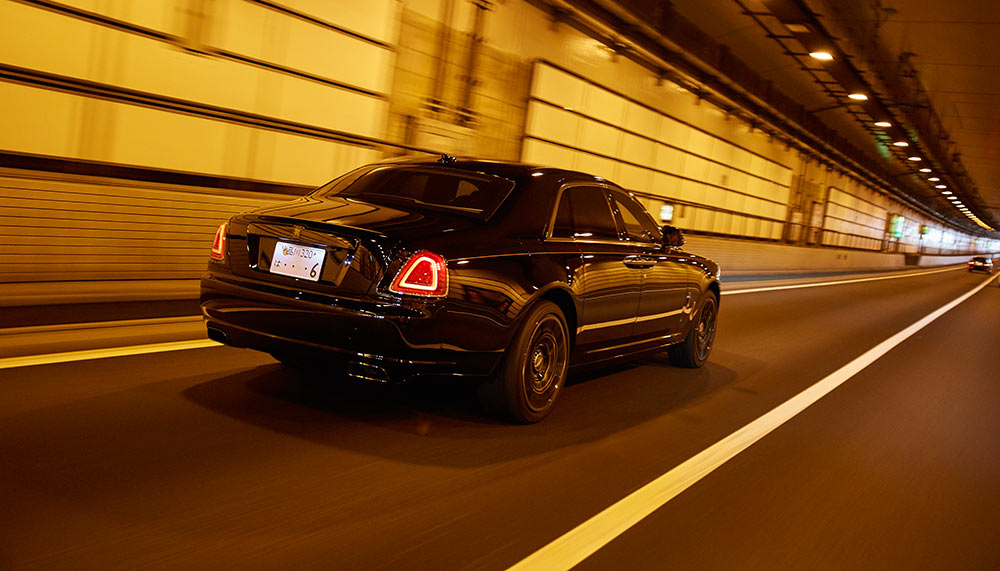
And while the blackest car ever made (anecdotally, anyway) could be considered subtle, it is, in a sense, rather loud simply because of that. After all, it’s difficult to miss a void in the fabric of space-time that’s moving at an impressive rate of knots. Said speed is provided for by the familiar 6.6-litre twin-turbo V12, though in the case of Black Badge, it’s been uprated over regular variants. Ghost sees a 40bhp and 60Nm bump to 603bhp and 840Nm, while Wraith’s torque gets a boost of 50Nm to 870Nm.
And there’s no denying a car well over five metres long is conspicuous, especially so in Tokyo. Remember, this is a country whose transport legislations have codified microcars into the kei class. Incidentally, the maximum allowable engine capacity for a car to be considered a kei jidosha is 660cc, exactly a 10th that of what the Rolls-Royce duo have.
At any rate, the Rolls-Royce Black Badge cars do have a hidden, wilder side because, while their exterior may be black, there are bold hits of orange and red in their interior upholstery (Ghost and Wraith respectively).
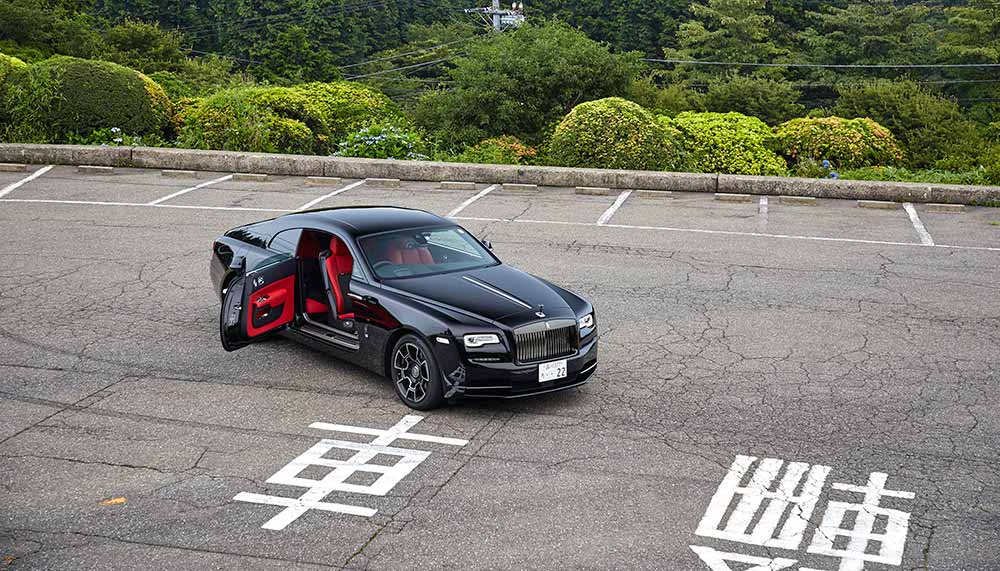
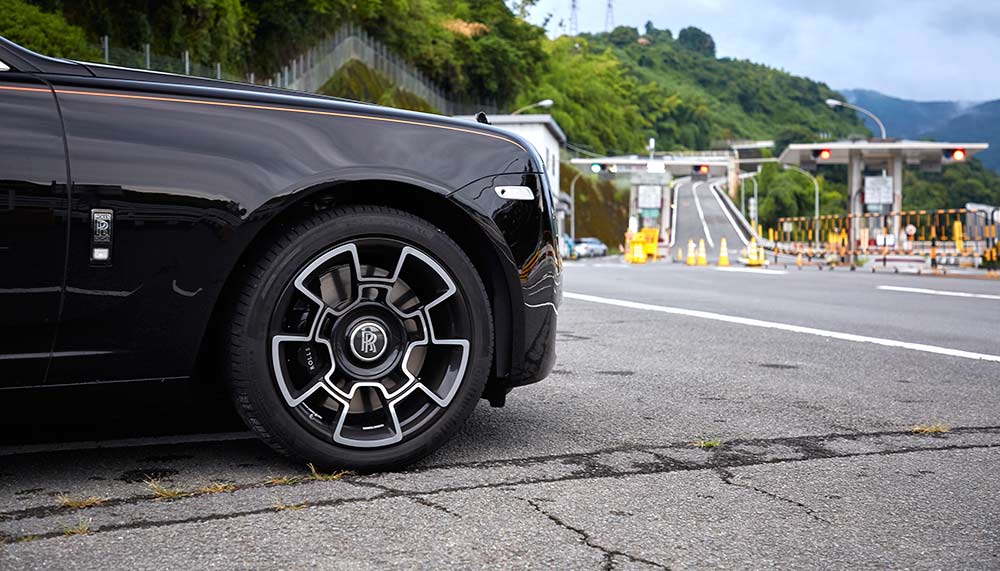
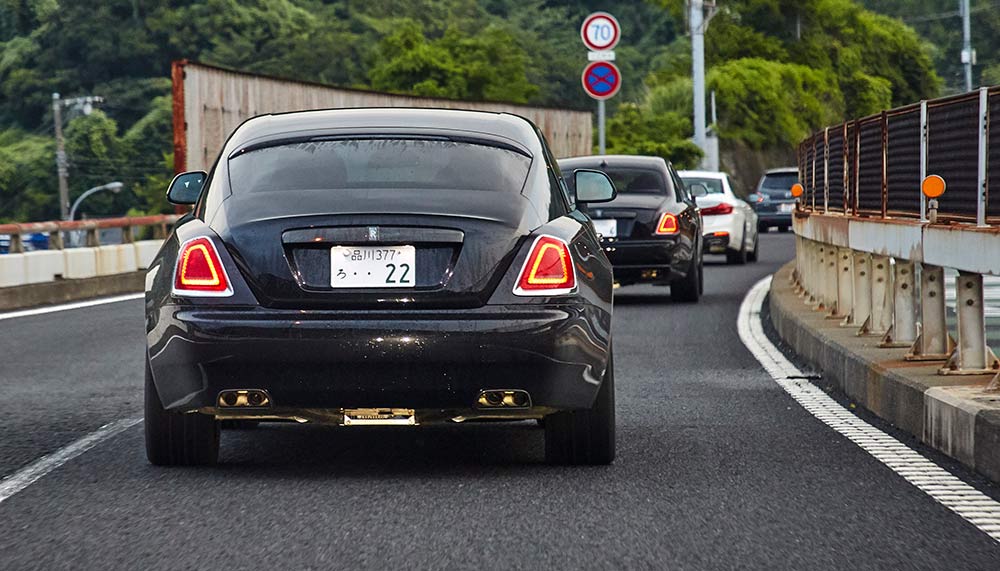
And that’s an apt metaphor for Tokyo because it, too, is a megacity steeped in contradictions. From the innumerable signs illuminating Shibuya and the international designer brands framing the boulevards of the Omotesando and Ginza districts, head just a few blocks away from the main street and the neighbourhood’s complexion changes completely.
Just like where I dined at one evening, Higashi-Yama. Located in the Meguro district, it’s barely 10 minutes away from Shibuya, but the incessant buzz and human traffic is replaced by quiet suburban charm.
Make no mistake, Meguro has suitably upmarket townhouses, and housed in one of them is Higashi-Yama, a restaurant serving modern Japanese kaiseki.
A so-discreet-as-to-be-unnoticeable plaque adorns the start of a long entranceway, and it’s not until after negotiating a short, steep flight of stairs that I realised I had walked into a restaurant, not somebody’s front yard.
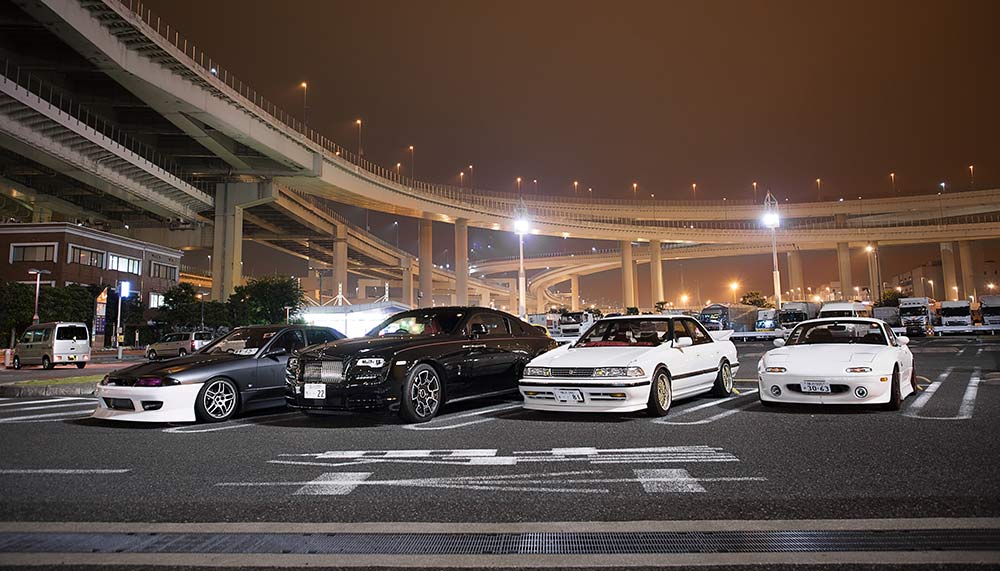
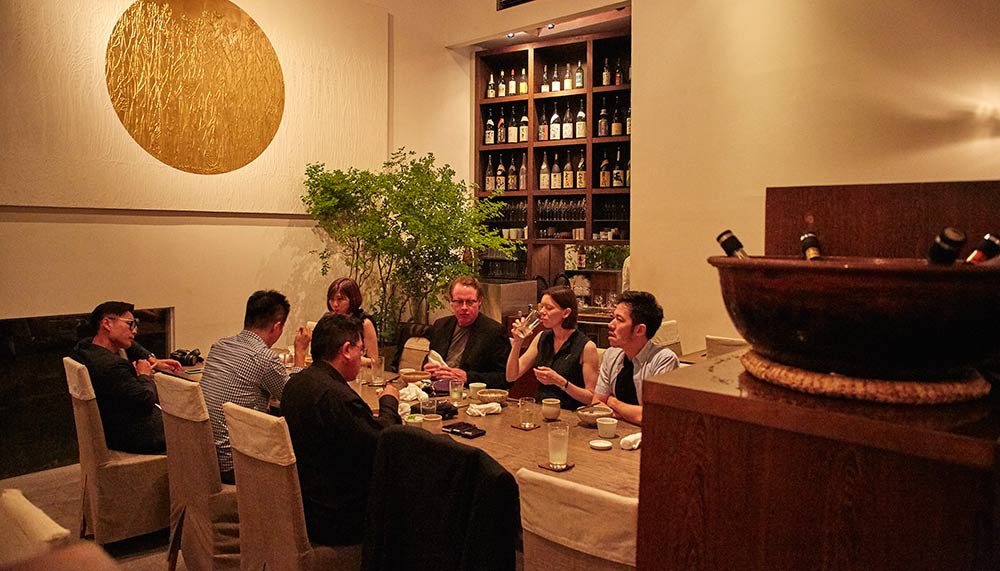
On that note, you’ll only have to drive for an hour or so out of Tokyo for an even more drastic change of scenery at Hakone Turnpike. Widely regarded as hallowed ground for any petrolhead, the 16km or so climb to the top of the hill on a private toll road features the sort of tarmac to die for.
With challenging corners punctuated by long straights and a view of Mount Fuji waiting at the end, Hakone Turnpike is as about as close to driving nirvana as it gets. Sadly, I wasn’t able to get close to said nirvana, given the extreme fogginess that shrouded Hakone that day – an impenetrable pea soup that reduced visibility to around 10m.
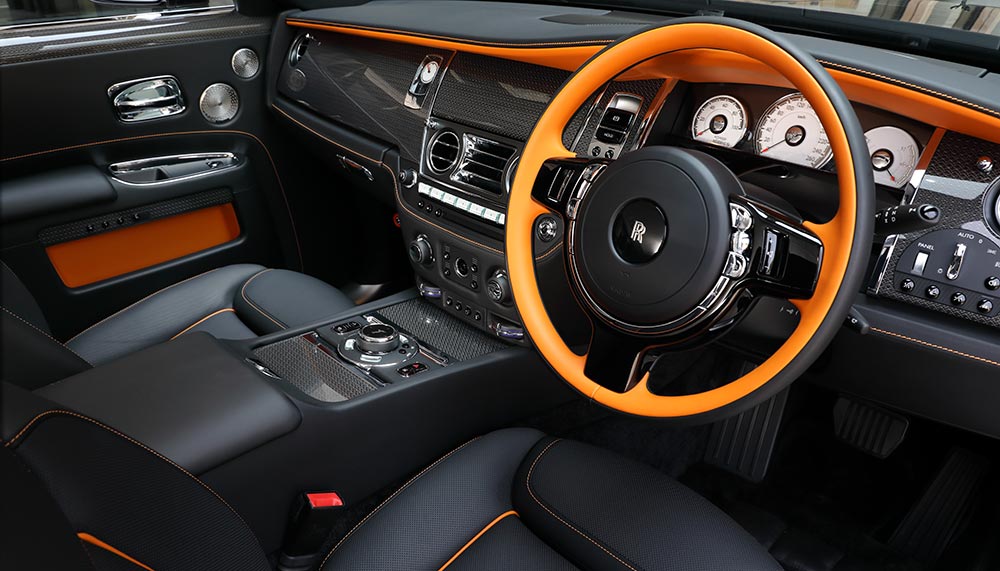
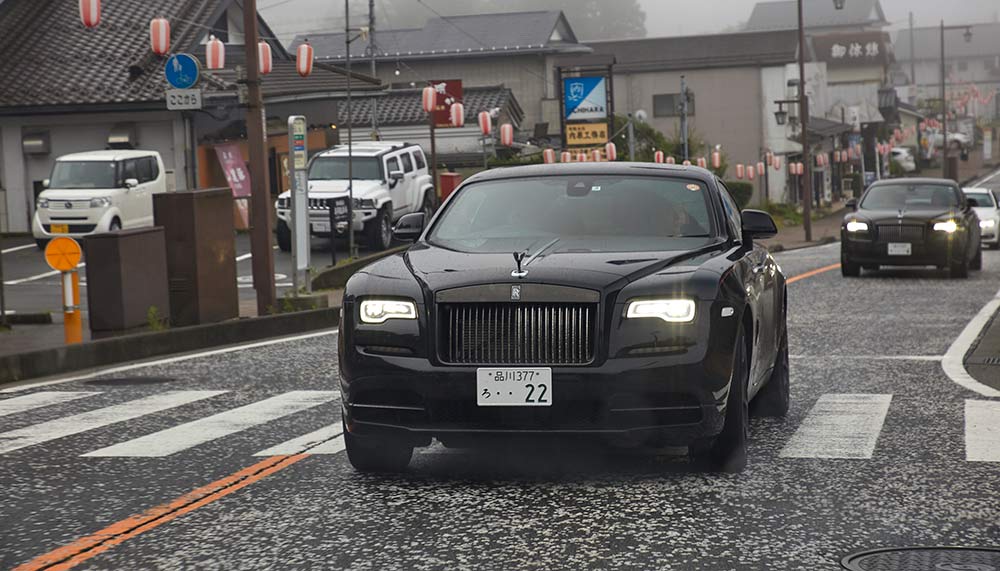
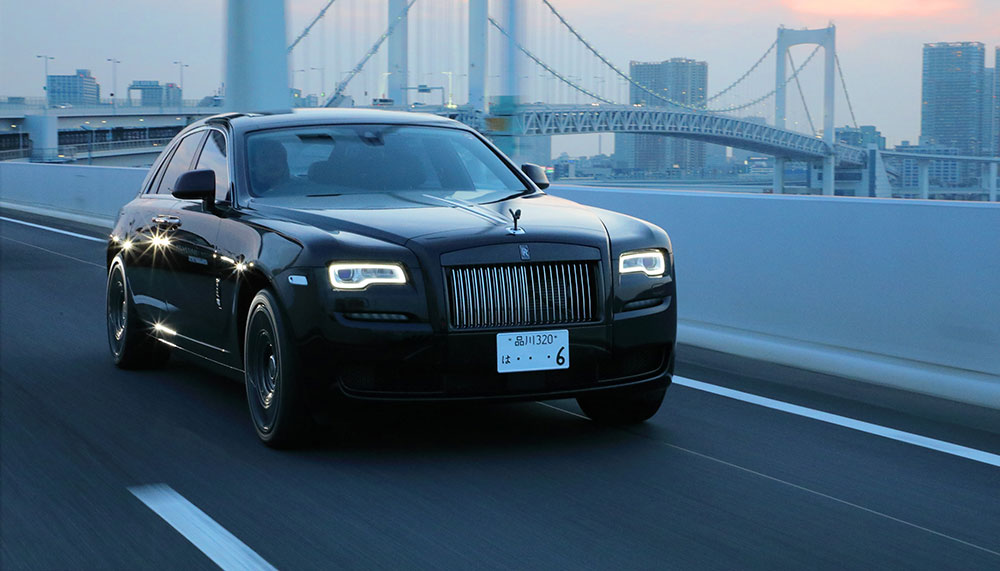
Thankfully, the weather cleared while I was driving out on the Wangan-sen, or the Tokyo Bayshore Highway, that links the reclaimed land of the Tokyo Bay area to Yokohama. A good thing because of the neon-lit scenery from the Rainbow Bridge of the Tokyo skyline and of Yokohama’s Minato Mirai business district.
And all that, perhaps, is the appeal of Tokyo and indeed, the Rolls-Royce Black Badge pair.
The city and the cars are a study in contrasts – on the surface ultra-urban, but lying just beneath the surface is a wealth of secrets waiting to be uncovered.
